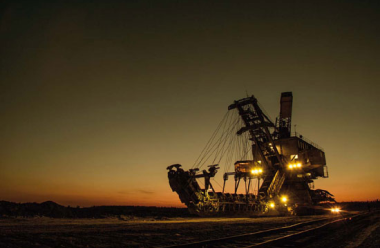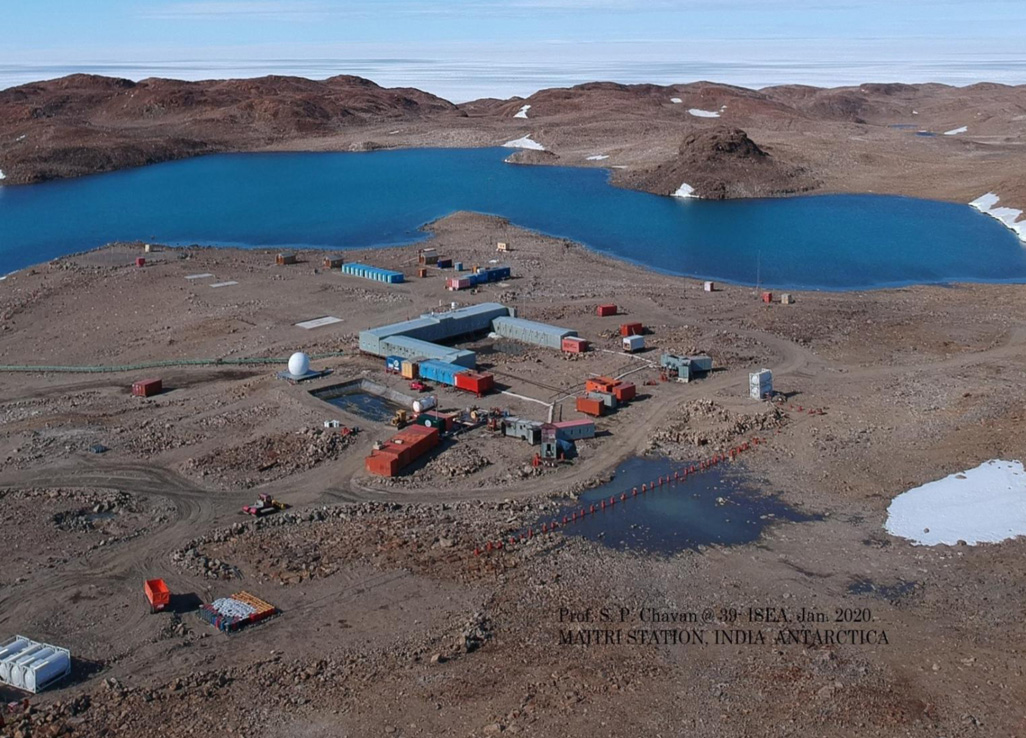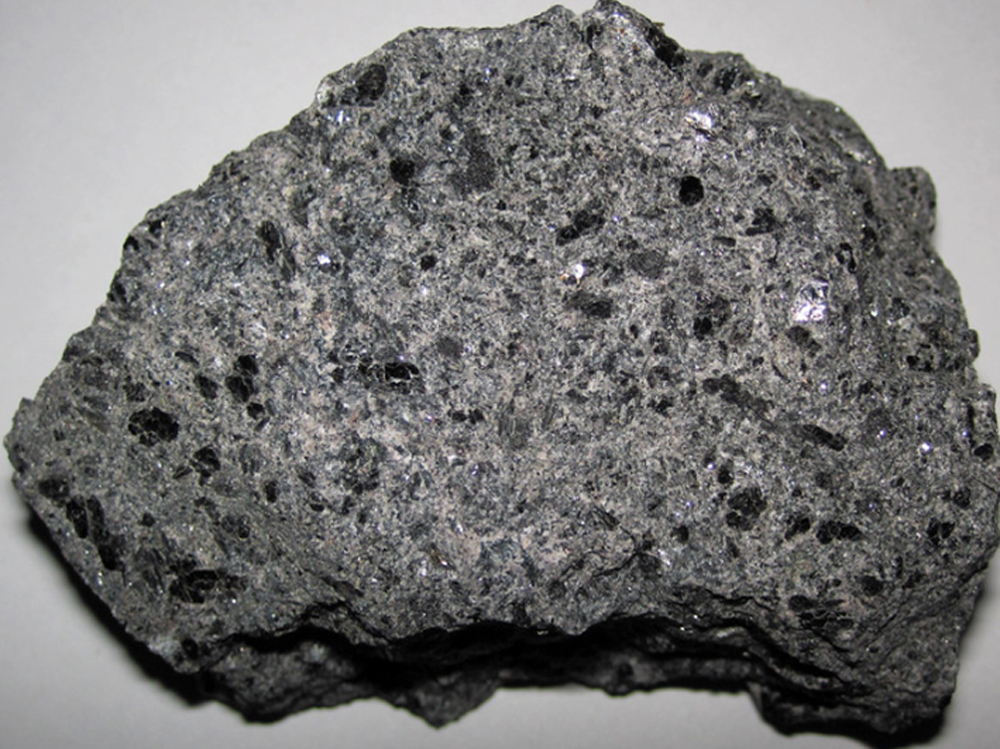Stalagmites Reveal Past Drought Records



India is set to embark on a new chapter in its Polar exploration journey with the construction of Maitri II. The Indian government plans to establish a new research station near the existing Maitri ba...
.png )
The Deep Ocean Mission (DOM), approved by the Government of India in 2021 under the Ministry of Earth Sciences (MoES), represents a strategic step in realizing Sustainable Development Goal 14 (SDG 14:...

China recently announced restrictions on the export of seven rare earth elements (REEs), soon after US President Donald Trump decided to impose tariffs. As the world's dominant supplier—responsible fo...
Studying stalagmites and their deposits can reveal the frequency and magnitude of dry and wet seasons in the past. Such studies can help predict climate uncertainties.
The western Himalayan region experienced an increasing trend of one-day heaviest precipitation, during both winter and monsoon through 1978 to 2007. While one day heaviest precipitation is on the ris...
A coastal zone is one of the most fragile ecosystems on earth. Managing coastal resources sustainably calls for up-to-date knowledge, cutting edge planning and trained human resources. Satellite remot...
A tropical cyclone is an intense low pressure system that is classified on the basis of its wind speed. The phenomena has a definitive structure and a well-defined life cycle.
Studying stalagmites and their deposits can reveal the frequency and magnitude of dry and wet seasons in the past. Such studies can help predict climate uncertainties.

The western Himalayan region experienced an increasing trend of one-day heaviest precipitation, during both winter and monsoon through 1978 to 2007. While one day heaviest precipitation is on the rise in high-altitude stations during winter, the same is observed in low altitude stations during the monsoon.

A coastal zone is one of the most fragile ecosystems on earth. Managing coastal resources sustainably calls for up-to-date knowledge, cutting edge planning and trained human resources. Satellite remote sensing provides synoptic and unbiased content in a multi-temporal domain that can help planners put suitable management policies in place.
